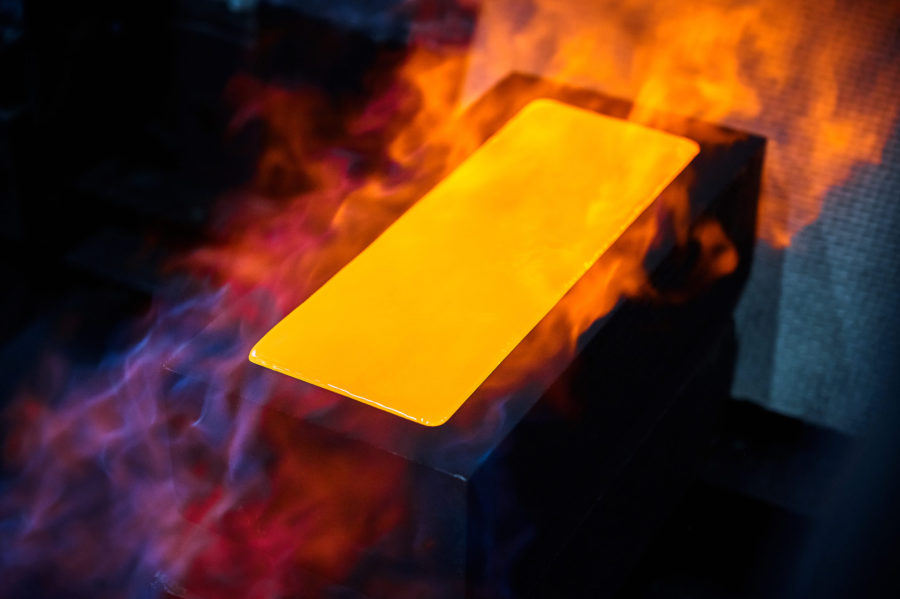Why Gold is in a Bull Market and NOT a Bubble
In recent years many investors were fooled into thinking that a particular asset class was in a bull market when, in actuality, it was in a “bubble” – the precursor of a major decline. Had they seen these bubble conditions coming they could have reduced their exposure to that asset class and headed for the safety of the sidelines.
In further [edited] excerpts from the original article* Paul Mladjenovic (http://mladjenovic.blogspot.com) goes on to say:
When a bubble is in its “pre-pop” stage it has all the looks and emotions of a torrid bull market that many are fooled into thinking will go on indefinitely. [Is such the case today given the recent strength in the price of gold?]
The Definition of a Bubble
A bubble occurs when a normal bull market gains artificial stimulus typically from expansive credit and/or money supply infusions. This artificial stimulus usually comes from increased “injections” of new credit; new money creation which originates from governmental sources (such as a nation’s central bank or perhaps from other central banks). The artificial stimulus can also come when the central bank lowers (again, artificially) interest rates to levels below realistic market levels. It may also come from the government’s treasury.
Bubbles may “feel good” for the early participants due to incredible price increases. However, as the great economist Ludwig von Mises observed long ago, bubbles may create an artificial “boom” but this euphoric event is followed by an equally jolting and painful decline…the “bust”.
For investors, it pays to be very wary of what looks like a “fantastic bull market”. Ask yourself if artificial stimulants are present (excessive credit, money supply increases, etc.).
A Bubble Example
A good example of an asset class that is currently in a bubble is U.S. Treasury bonds. Trillions of dollars (created) from the Federal Reserve and governments such as China have been pumped into these securities. These bonds have a very low, fixed interest rate and are very susceptible to dropping in value in the event of rising inflation and interest rates.
A bull market means that the price rise of a particular asset or asset class is driven by the natural, free market dynamics of buyers and sellers. As we know from “Economics 101” (or hope we know), when there are more buyers than sellers of a given asset (or product or service), all things being equal, the price of that given asset will rise. If there are more sellers, then of course the price of it will fall. In other words, “bull markets” are natural and healthy events that can easily last months, years or decades.
A Bull Market Example
Recently, a market pundit remarked that gold was a bubble, but this is not accurate because there is no excessive credit or other artificial stimulant being pumped into the gold market. In fact, many central banks have even sold much of their gold holdings during the past decade. The bottom line is that there is no evidence that gold’s price has been driven higher due to government intervention.
In fact, gold is a good example of a true bull market because:
1. its value has increased by over 300% since 2000
2. its worldwide supply is tightening
3. its demand is steadily rising as more and more investors and institutions see gold (and silver) as a proven store of value and hedge against inflation
4. it is unique in that it does not have “counter-party” risk that is present in paper assets such as stocks, bonds, mortgage securities and mutual funds
5. it has had nine straight “up” years which certainly confirms its ability to retain and grow in value.
Conclusion
Investors need to keep vigilant about assets and keep asking questions about all the possible reasons why a particular asset’s price is rising or falling.
If you determine that artificial forces beyond the scope of supply and demand fundamentals are the main culprit to an asset’s price rise, then take steps to avoid the inevitable collapse that will eventually follow.
*http://mladjenovic.blogspot.com/2010/05/investing-101-bull-market-or-bubble-how.html (For more details about bull markets and bubbles and other events that affect your wealth-building pursuits subscribe to the free Prosperity Alert newsletter at http://www.SuperMoneyLinks.com.)
Editor’s Note:
– The above article consists of reformatted edited excerpts from the original for the sake of brevity, clarity and to ensure a fast and easy read. The author’s views and conclusions are unaltered.
– Permission to reprint in whole or in part is gladly granted, provided full credit is given.
– Sign up to receive every article posted via Twitter, Facebook, RSS feed or our Weekly Newsletter.
– Submit a comment. Share your views on the subject with all our readers.
More News
{{ commodity.name }}
{{ post.title }}
{{ post.date }}

Comments